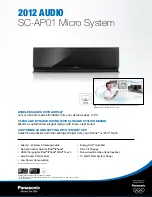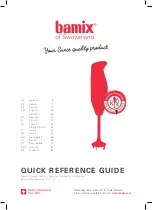
Applications: Home Studio:
In this example the Main L/R outputs are connected to a computer through a compressor. The Monitor outputs are
connected to the monitor power amp which drives the studio monitors. The output of the computer may be connected to
the stereo channel 9/10 of the mixer and the remaining audio sources may be connected to the various other inputs as
shown. With this type of setup you will need to establish two different buses. Use the Main L/R bus to send a signal to the
computer for recording and the Group 1/2 bus for signals to be monitored, but not recorded.
Start with all of the channel Grp/L/R switches set to GRP, the Group 1/2 AFL switch depressed, and the the Group to
L/R switch in the out position. In this state you can play along with the computer, but not record (for practicing a take). Start
the playback on the computer and play along with its output. When you are ready to record another instrument, set that
instrument’s channel Grp/L/R switch to L/R and depress its PFL switch. Now you can monitor both the Group (monitor) mix
and the channel you wish to record without having any bleed between the two.
NOTE:
You should set your computer software so that it does not send the signal it is recording back through the computer’s audio outputs.
If this is not done a slapback delay could result due to the latency of the computer.
9
CMX62 Stereo Console Mixer


































